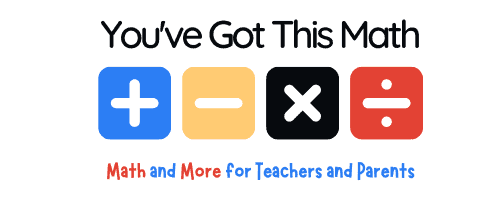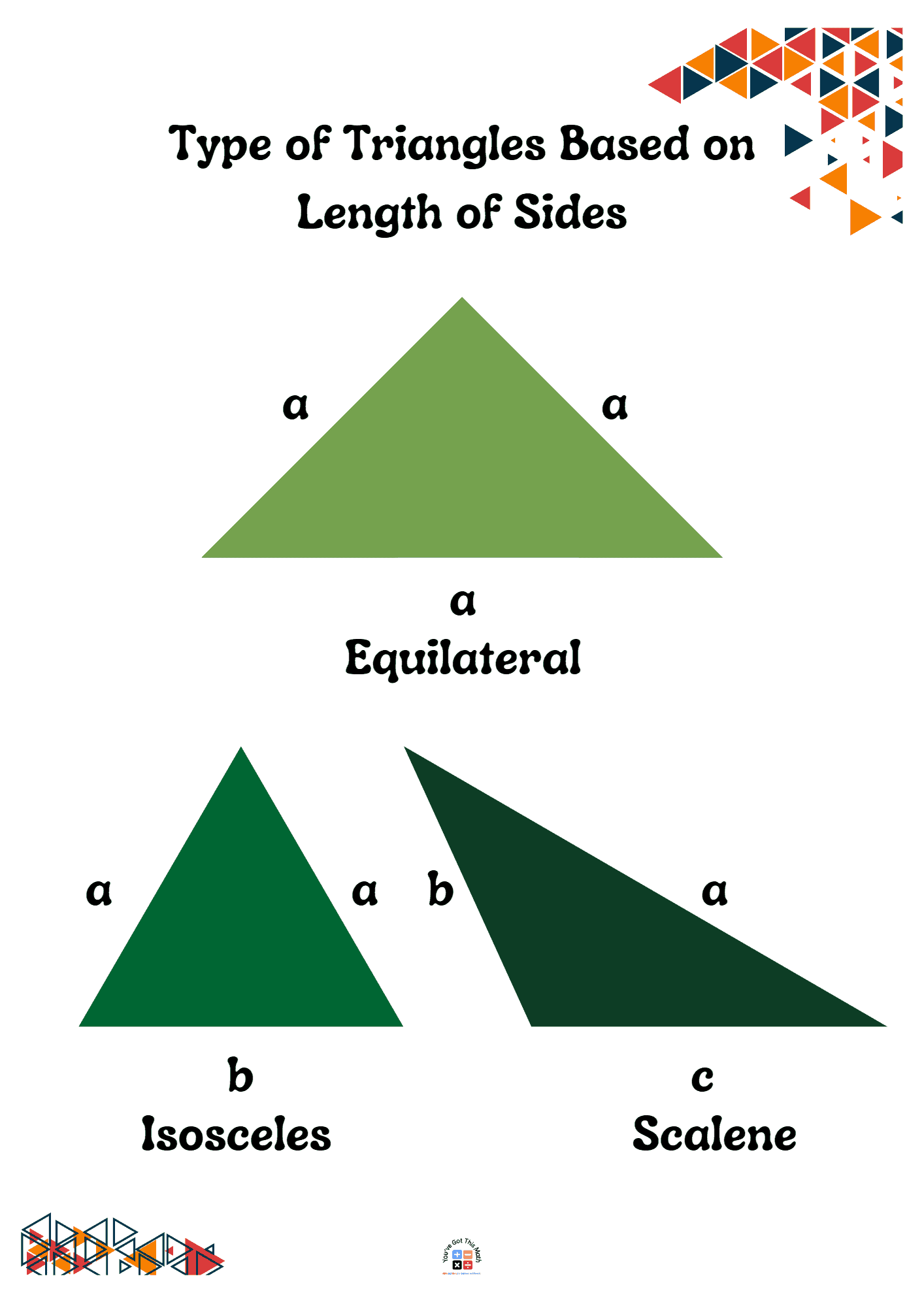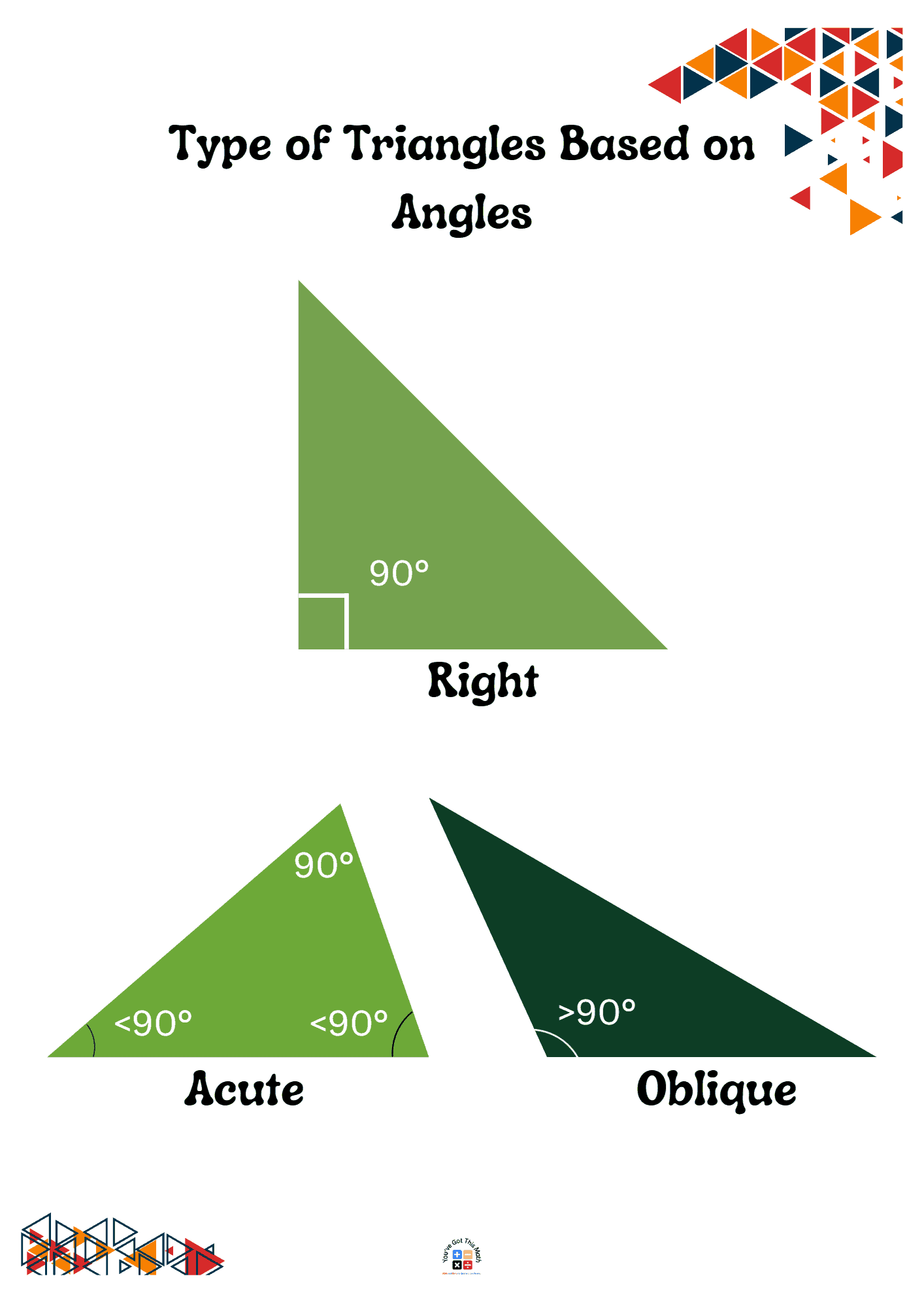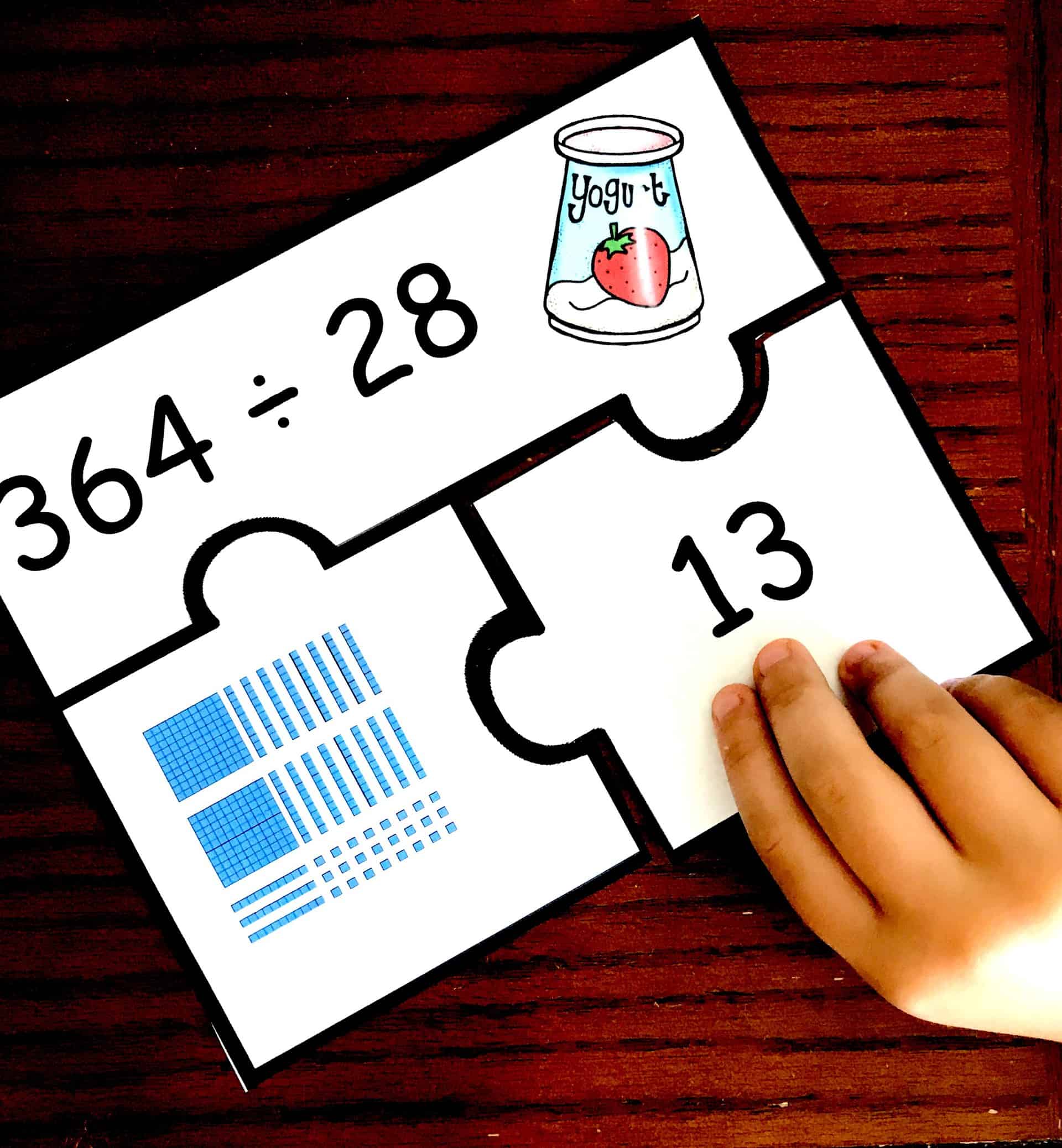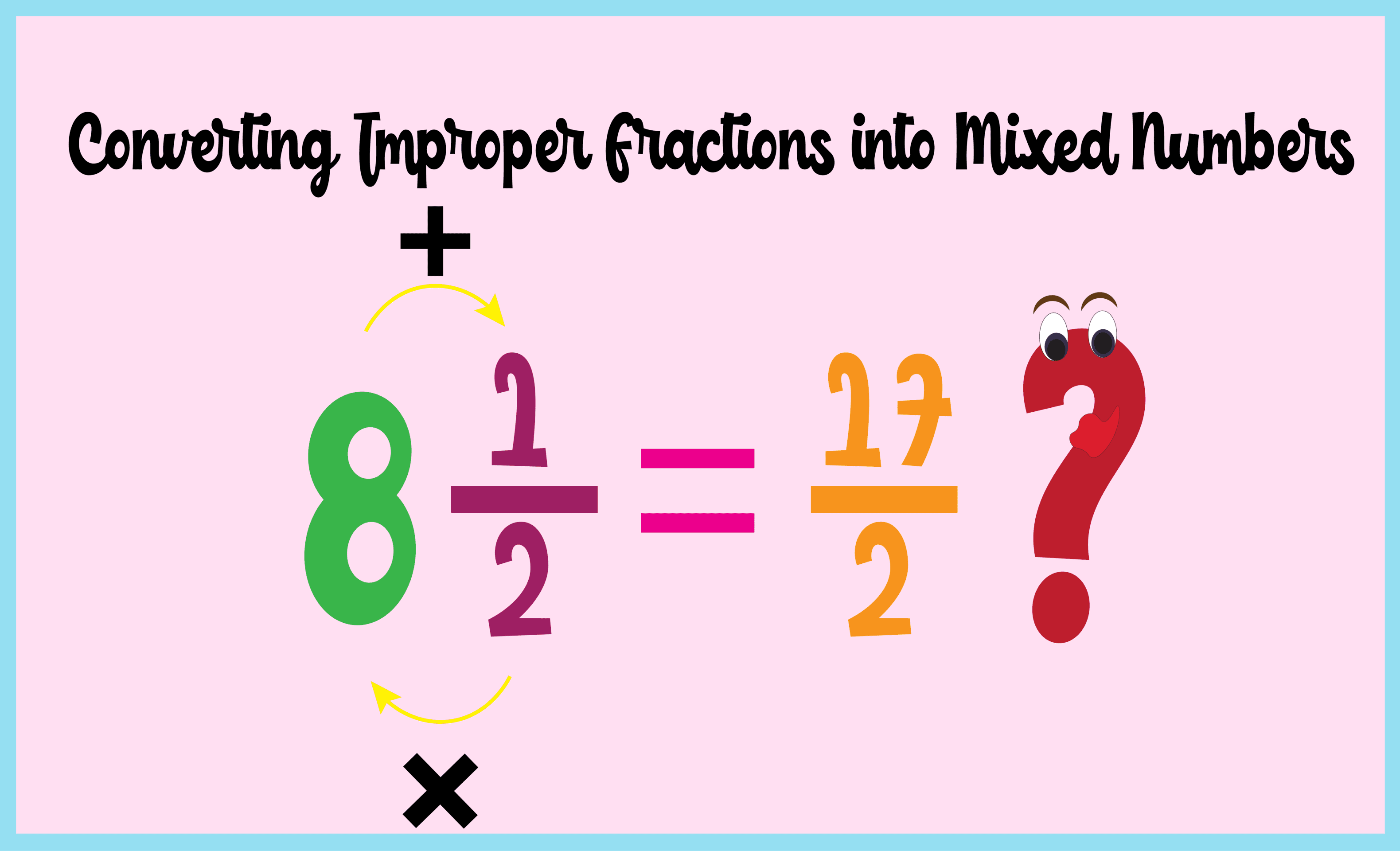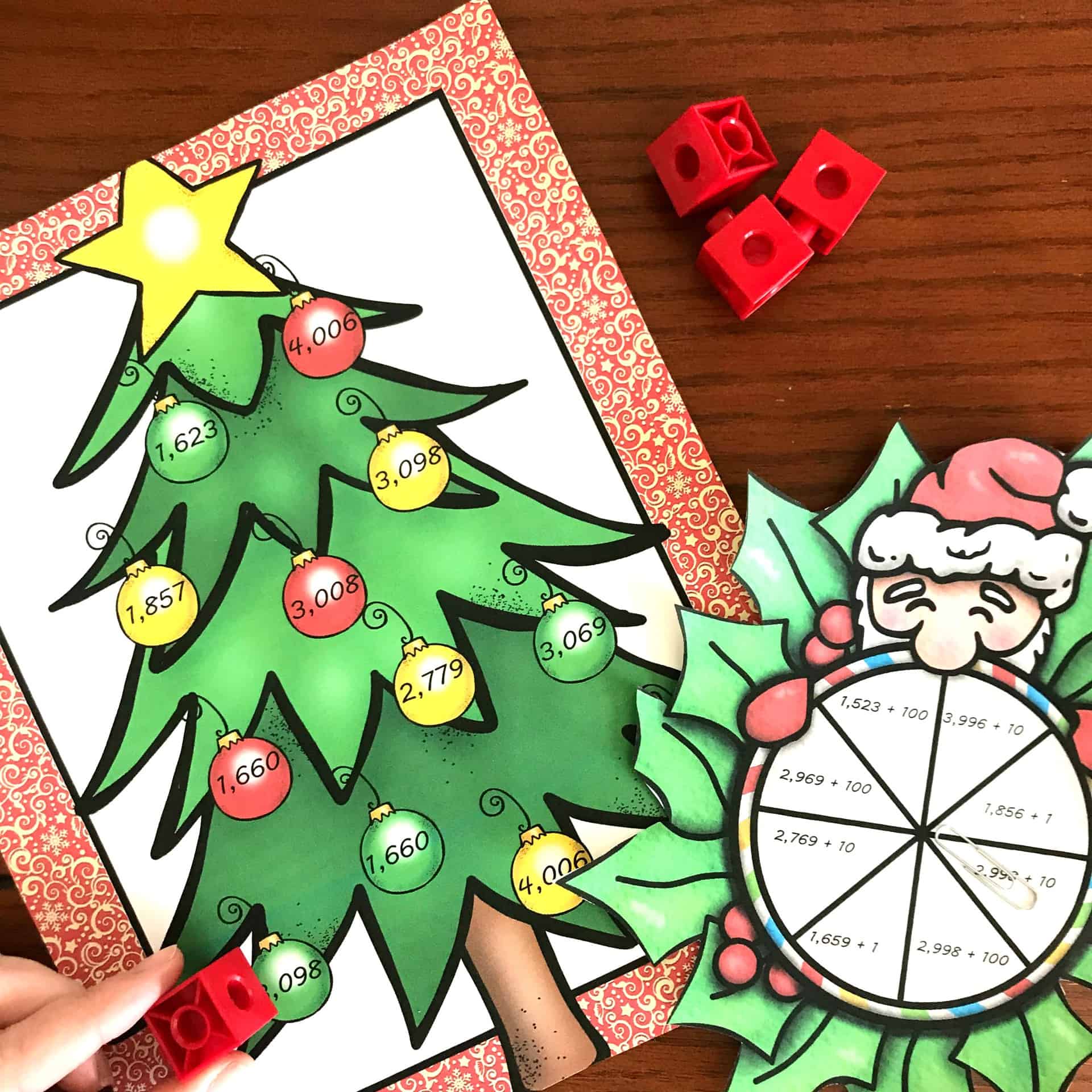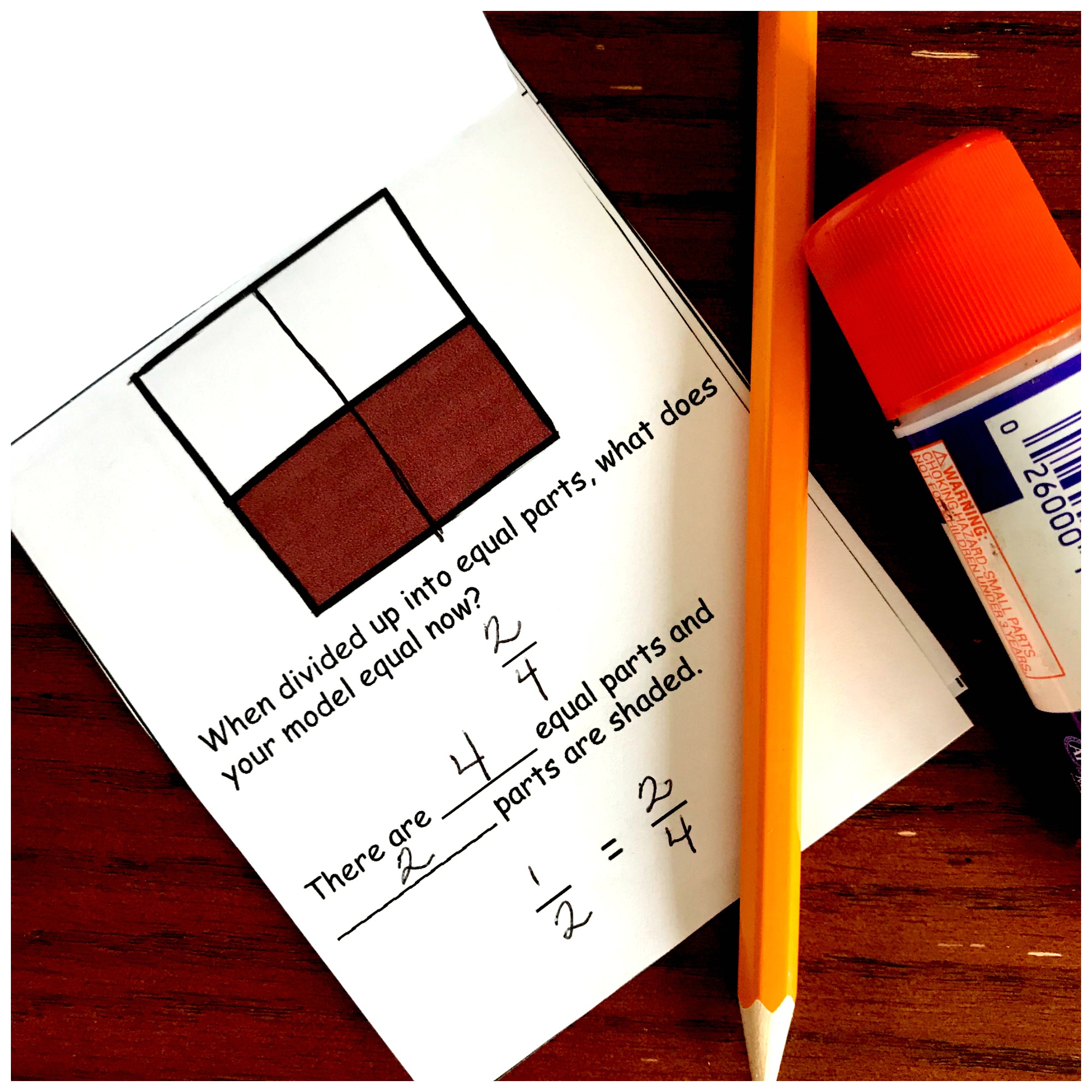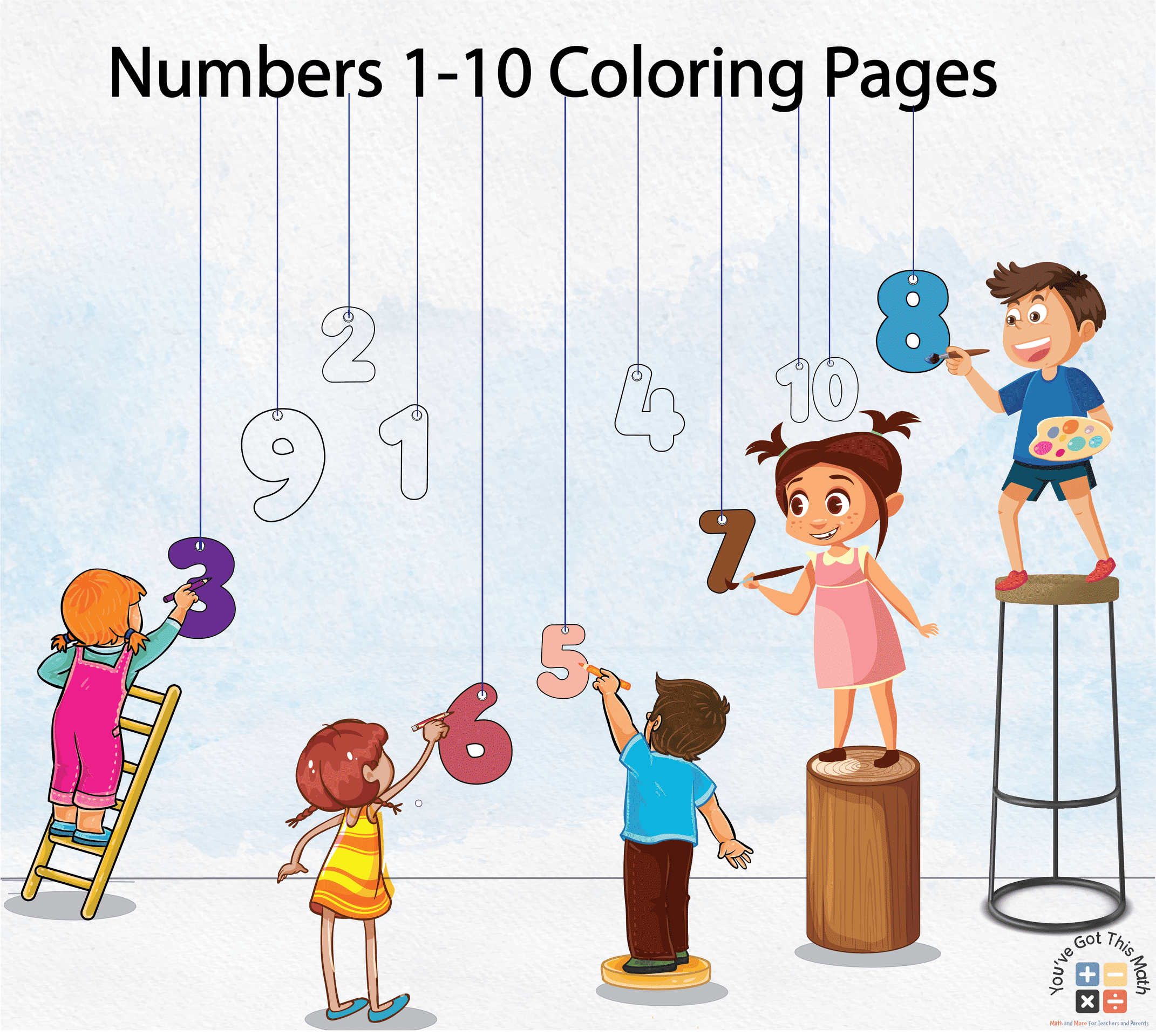5 Free Triangle Identification Worksheet | Printable PDF
This triangle identification worksheet will help to visualize and understand triangle and their classification based on different criteria. 2nd-grade students will learn basic triangle identification methods and can improve their basic math skills with our free printable triangle identification worksheet.
5 Fun Triangle Identification Worksheet
Please download the following triangle identification worksheets and identify triangles on the pages.
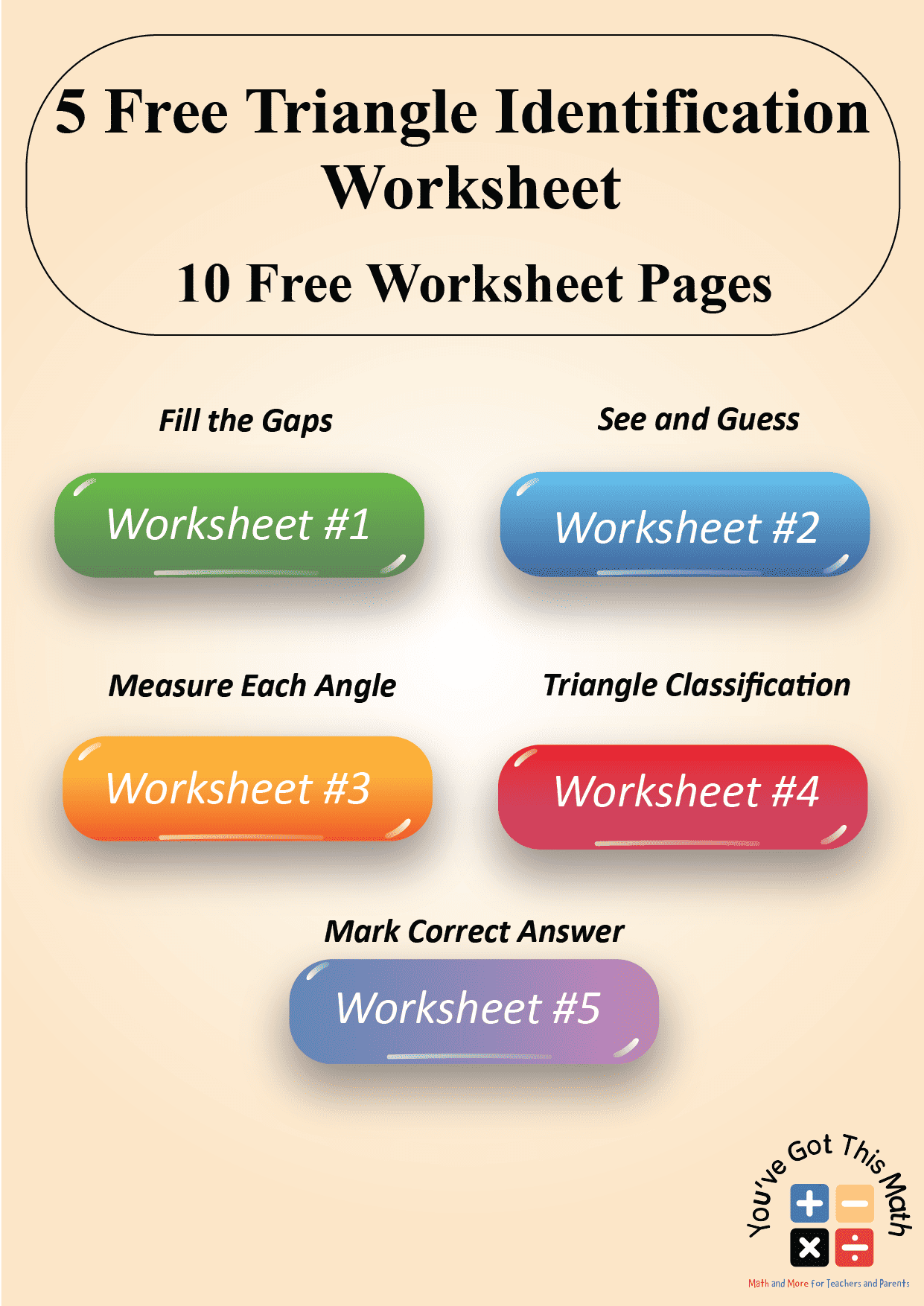
Classification of Triangles
Triangle types mainly depend on the length of their three sides and the size of their three angles. Below we have provided the classification of triangles based on both the length of the sides and angles.
Identify the Triangle Based on the Length of the Sides
Based on the length of the sides, we may identify three different sorts of triangles.
- Equilateral Triangle
- Isosceles Triangle
- Scalene Triangle
Equilateral triangles are exactly what they sound like. Equal refers to having the same amount or size, and lateral refers to the sides.
So a triangle whose sides are entirely equal is said to be equilateral. Also, in an equilateral triangle, all the angles are 60 degrees!
An isosceles triangle has only two equal sides. For a fun fact, isosceles means having equal legs. Humans have two legs, which helps us remember that an isosceles triangle has two equal sides and two equal angles.
Finally, we come to the scalene triangle. Its name means odd or uneven. So a scalene triangle is a triangle in which no angles or sides are equal.
Whatever the type of triangle is, the sum of the smaller two sides will always be greater than the larger side.
Identify Triangle Based on Angles
We can also classify triangles based on the measurements of their angles. If your children aren’t familiar with angles, you may want to work on measuring some before you introduce these types of triangles, but once you do that, you will be ready to go.
- Right Angle Triangle
- Acute Angle Triangle
- Oblique Angle Triangle
Let’s start with the right triangle. It is an easy one. A right angle is 90 degrees, and a right triangle has one angle that equals 90.
As you know, an obtuse angle is an angle greater than a right angle (90 degrees) and less than a straight line, which is 180 degrees. An obtuse triangle is a triangle that has one angle that is obtuse.
Now, our last triangle is the acute one. Of course, an acute angle is an angle that is less than 90 degrees but more than zero.
Remember, the sum of all three angles of a triangle will be equal to 180 degrees.
You’ve probably guessed it by now, but a triangle can have two different names altogether. Let’s say a triangle has a right angle and two 45-degree angles. Yes, it is a right triangle, but it is also an isosceles triangle.
In fact, you could call it a right isosceles triangle. An equilateral triangle is always an acute triangle. A triangle can only have 180 degrees between the three angles. So, 180 divided by 3 is 60.
The angles of the equilateral triangle are always 60, and therefore it is also an acute triangle. The following sections include five fun activities regarding triangle identification in the worksheet. Read the details of each activity before starting.
Fill the Gaps for Triangle Identification Worksheet
By seeing a triangle with proper measurement and information, youngsters can find out what kind of triangle it is. That’s why our first activity will involve marking the right type of triangle based on the length of sides by seeing the following PDF.
See and Guess to Identify Triangle
In the previous activity, the measurement of each side of a triangle was given. So, it was easy to identify. But here, instead of measurement, some signs will be provided. Your task is to understand the meaning of each sign and provide the correct classification of the triangles.
Measure Each Angle for Triangle Identification
The previous two activities were based on the identification of triangles based on their sides. This time, we will provide you with another worksheet, where you have to make the classification by measuring the angles.
By reading the details of the classification provided in the first part of this article, you can easily complete this task. So, take the challenge and be a champ.
Guessing Angle Type to Identify Triangle
In the following worksheet, the measurement of the angles of each article is missing. By visualizing the triangles with your bare eyes, you have to measure the angles and classify them.
Triangle Identification with Two Criteria
Up until now, you have been classifying triangles based on only one criterion. You will consider both sides and angles for identifying triangles in the following worksheet.
Download Free Printable PDF
Download the following combined PDF and enjoy your practice session.
So today, we’ve discussed free triangle identification worksheet using the concepts of sides and angles of a triangle, and some interactive matching, multiple choices, and filling gaps problems. By practicing these worksheets, the students will improve their skills in triangle identification, and learn basic concepts about triangle classification. These free worksheets are appropriate for students starting from the fourth grade.
Hello, I am Md. Araf Bin Jayed. I have completed my B.Sc in Industrial and Production Engineering from Ahsanullah University of Science and Technology. Currently I am working as a Content Developer for You Have Got This Math at Softeko. With proper guidelines and aid from the parent organization Softeko, I want to represent typical math problems with easy solutions. With my acquired knowledge and hard work, I want to contribute to the overall growth of this organization.
